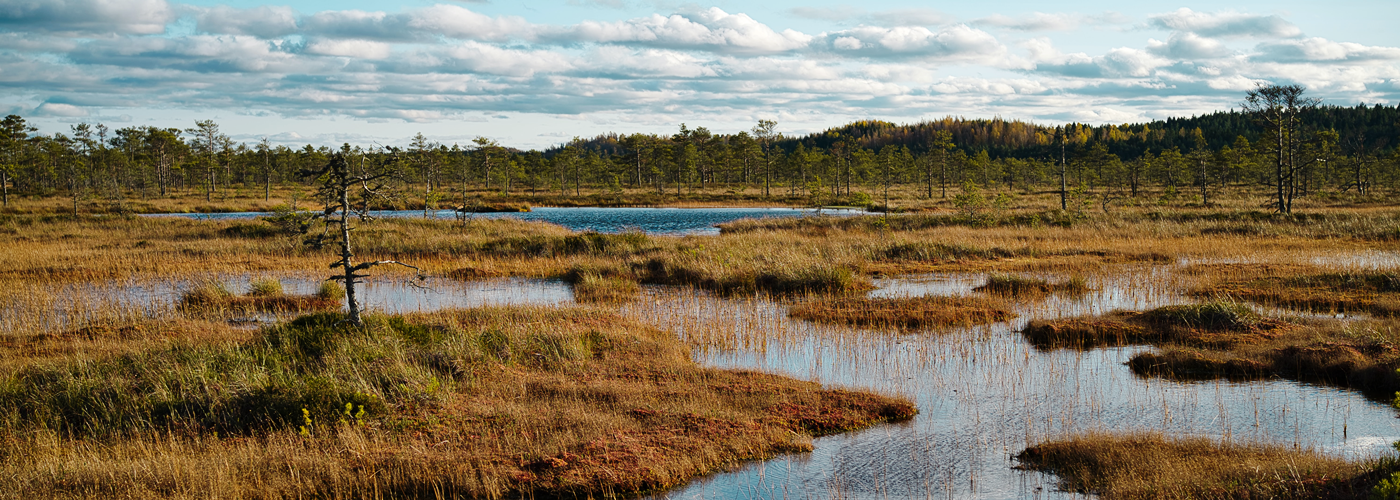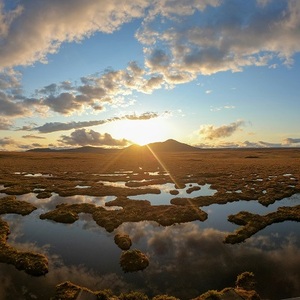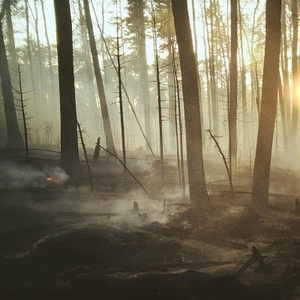

It's a material that is formed in wetlands, such as in bogs, fens, moors, muskegs, or swamps. Peat is an accumulation of partially decayed plant material and organic matter. Despite its origin in a water-logged environment, peat and peatlands can pose significant risks and challenges when it comes to wildfire containment and management. In a 2021 study by Canadian researchers, the potential for long-lasting (smoldering) wildfires has been better identified in the complex peatland ecosystem.
The 2016 Fort McMurray wildfire in Alberta, Canada forced the largest evacuation for any wildfire in Canadian history. It was a fire that started in early May, but that wasn't declared fully extinguished until August of the following year. Long after the wildfire above the ground was put out, the subsurface peat continued to smolder even through the winter. The drying out of peatland, from a combination of human-related activity as well as climate change, can exacerbate the wildfire risk.
Previously, peatlands were largely thought of as firebreaks, or areas which could contain the spread of wildfire growth, due to their predominantly wet characteristics. However, when partially dried out, peatlands can smolder for long periods of time, and potentially even spread wildfires to trees growing in or near peatland environments.
Peatlands cover around 3% of the land worldwide. However, they also contain within their organic material a full 30% of the Earth's soil carbon content. As climate change looks to bring more variability to precipitation in the coming decades, the potential for peatlands to dry out and release their stored carbon into the atmosphere during long-lasting wildfire events will need to be an area of further scientific study to improve climate modeling and wildfire management.

